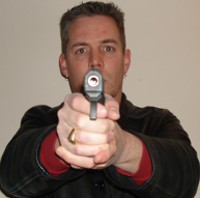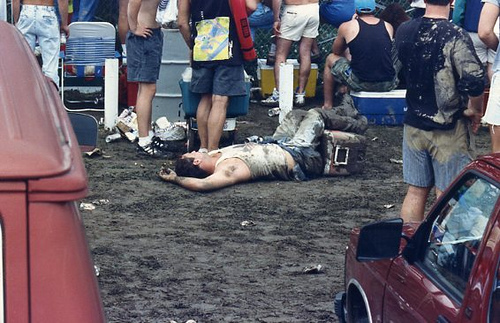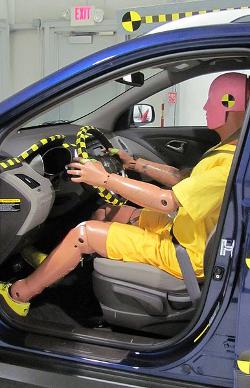
Take just a moment and reflect on how your job evolved. Whether you are a business owner, manager, or just working your way up the totem pole, look at your career in a snapshot. It is uncommon for a career to move smoothly along its initial planned path, from start to finish. A business entity is no different in this respect.
Companies change a lot over time, and if the business evolution is just right, people are happy. The world is perfect, and you can look out your window to see pink unicorns kissing adorable puppies on the forehead. Business evolution should always be so perfect, but then the human resources department would have the additional job of giving out hugs instead of layoff notices; accounts payable would cheerfully add a bonus for the utility company; and the accounts receivable department would send chocolates with every delinquency notice.
Since career and business are usually not perfect, many disheartened people will give up managing the evolution of their company and the direction of its travel. They end up going for a ride like a crash test dummy waiting for the impact.
Hop in and Ride With Me
I am a huge fan of analogies, and I also love cars and driving, so I am inserting my loves here. Hop in and let me take you for a drive through the typical evolution of a business as it navigates between “point A” and “point B”. Don’t worry, I am a trained driver.
I hear from a lot of businesses struggling to define the path between where they are and where they hope to be. I gather a lot of observations as I listen to these companies, and I uncover many commonalities between them. This helps me to build better strategies. Most of the people I talk with feel like they landed themselves in an industry and with a job title that was at least a few miles away from where they began, or where they expected. This goes for people in every level of a business, from the very bottom to the very top.
It all seems to “woosh” by in such a rush for a lot of business people. Whether you own your company or not, whomever it is who signs your paycheck has probably experienced that same “woosh” effect. So, let’s examine some factors which significantly put on the brakes during the evolution of a business.
In this business evolution, I want you to think about where you find yourself today. I suspect you will find yourself cruising somewhere on this road, either as a driver, navigator, or passenger. Many businesses begin as somebody who found a passion for something, or a perfectly timed opportunity, and grew an idea from a spark into an ember, and eventually into a flame. Now we have the combustion engine … an engine to help move us down the road to where we want to go.
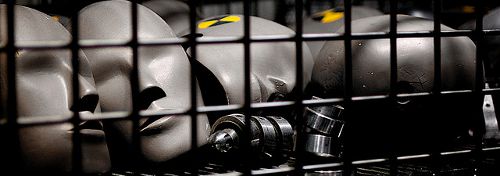
Fatigued Business Drivers Fall Asleep at the Wheel
Along the road, a business founder usually ends up doing a lot of driving. A small company, and most are small at first, will often begin with somebody acting as the sales, billing, accounts payable, reception, public relations, marketing, and “something else” person. The “something else” is the part that the business is about, whatever it may be … accountant, electrician, car dealer, home builder, surgical supply company, real estate brokerage, cigar shop, or whatever it is. The “something else” is that cargo in the back that we are driving to deliver.
At the start, the company is fueled based on the skills, passion, opportunity, and funding of that same “something else” person at the wheel, and not based on all those many tedious jobs to fill. As the business gains a little momentum from all of that exhaustive work given by a person or small group of people, many of those jobs are delegated properly to others who are fit for the position. They each get their seat in the vehicle that moves the business.
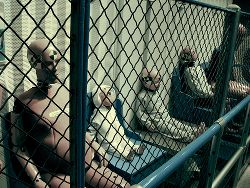
I know that it must seem almost impossible, but what happens if their vision gets blurred? What if they get a bit too distracted, or just too familiar with their day to day commute and they relax at the wheel? I’ll tell you what happens, because I am frequently like the dismayed highway patrol officer who arrives on the scene when the vehicle is already out of control. Of course, nobody appreciates me for writing them a citation, but they expect me to be very compassionate when I pull their kids out of the wreckage.
The initial passion, funding, and opportunity of the drivers with the “something else” is usually not enough to safely navigate the business through the winding road and beyond the inherent roadblocks. Even with their eyes fixed on the road, if they let go of the wheel for a split second, the whole trip becomes a big wreck. Many businesses crash with no more than a driver and a passenger or two, but if they made it beyond the earliest road blocks, they may have a bus full of dead crash test dummies.
Killing the Crash Test Dummies
Screeeeeeeech! Slam on the brakes! The business is all of the sudden sliding out of control, and going in unpredictable directions.
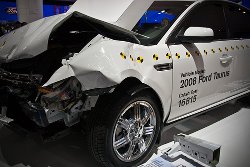
Many drivers will loosen their seatbelt, ignore the squeaking brakes, and let the fuel gauge needle dip a little too close to the “E” before checking the map for a gas station. They forget to take good advice from employees and other influencers, and begin to treat them like crash test dummies, instead of as the great assets they represent.
It sounds like a pretty nervous way to do business, right? Would you be totally shocked if you found similarities to this in your company? If you are nervously looking in your mirrors like a single occupant in the carpool lane, or grabbing your safety belt like a bus driver with bad brakes, you are not alone. Many companies of all sizes operate this way, and they overlook important steps to better business evolution. Careless driving is one of the biggest killers among businesses.
The most common factor is that the people with that special “something else” let the map fly right out the window. This happens periodically throughout the lifespan of nearly any company. In fact, it may surprise you to ask other business people around you when the last time they thoroughly reviewed and updated their business plan, their budget, or their marketing strategy. This may not apply to Fortune 500 companies, but they often don’t have it just right, either.
Arriving at the Crash Scene
How this came to me today was in a very common exchange with a company manager trying to navigate for his company. He wants his company owner / driver to stop at a gas station to get some racing fuel, instead of just driving along with a dirty windshield. The driver has not crashed in ages, but that is never a good excuse to let the insurance lapse, or to stop using a seatbelt. It not only goes against the laws of business, it can cause a mess for all of the passengers (employees) and bystanders (customers).
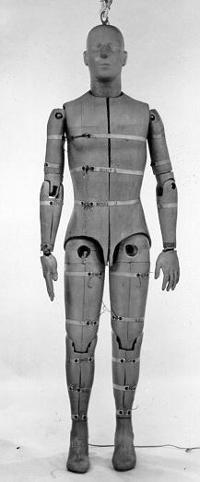
I am here to check the driver’s license and insurance of this owner / driver, or otherwise to help his top navigator to get in his own car and drive away. The manager is so dismayed by the owner that he is hesitant to continue presenting good ideas. The owner is so accustomed to just going along for the unplanned ride that the manager feels like he is in a crash test, too. It has forced him to decide whether to buy into the company, or to start his own.
Running a business well means maintaining the vehicle, keeping the drivers and navigators on the right road, and so many other things. The hazardous but common truth is that many business drivers will take better care of their car than their business plan, budget, and marketing direction. Instead, they have just stumbled upon a road by chance and circumstance and driven the best they know how with the vehicle they landed in.
Most business people are not good at every aspect of running a company. Even fewer of them properly address the value of efficiently delegating tasks to professionals, especially with marketing strategy. They mostly just know the things they picked up along the road during the journey with their unique “something else” that their business is about.
If you know somebody like this, pass this along as a reminder that other “dummies” are counting on them for a good trip. I am not telling you the perfect navigation for every journey on the highway. I just want to remind other drivers to look up from the steering wheel enough to read the road signs.
I will leave you with this compelling crash test video. Give it a play and consider your driving safety while you prepare your comment to tell me what you think.
Photo Credits:
IIHS Crash Test Dummy via Wikipedia
Dummy Heads by Greg Westfall via Flickr
Dummies in a Cage by Brad K via Flickr
Ford Crash Test by Rian Castillo via Flickr
Sierra Sam (hanging dummy) via Wikipedia
Podcast: Play in new window | Download

